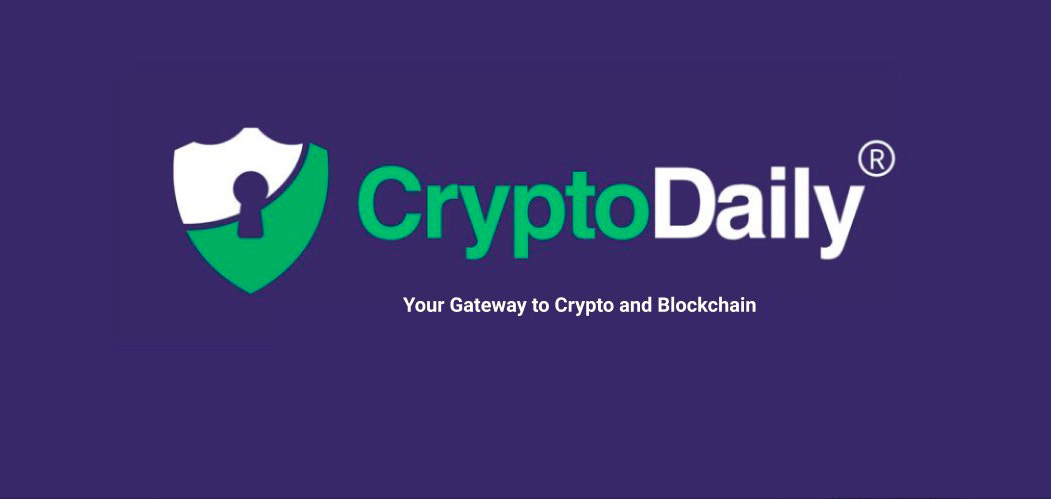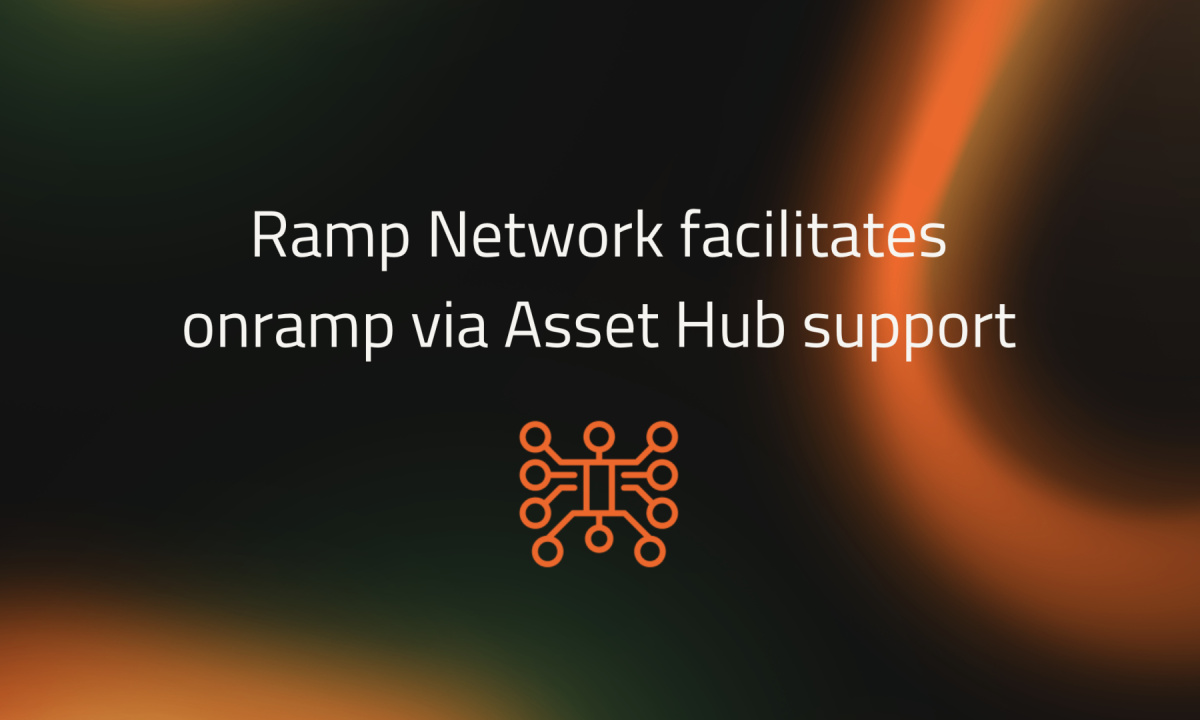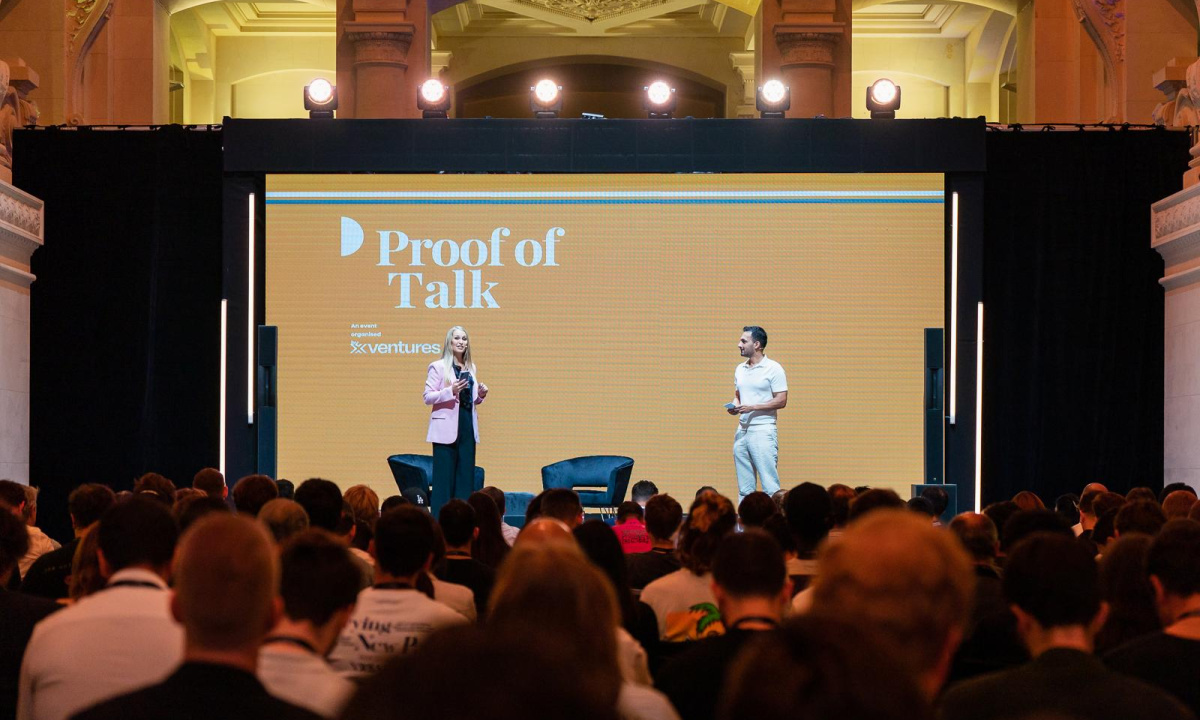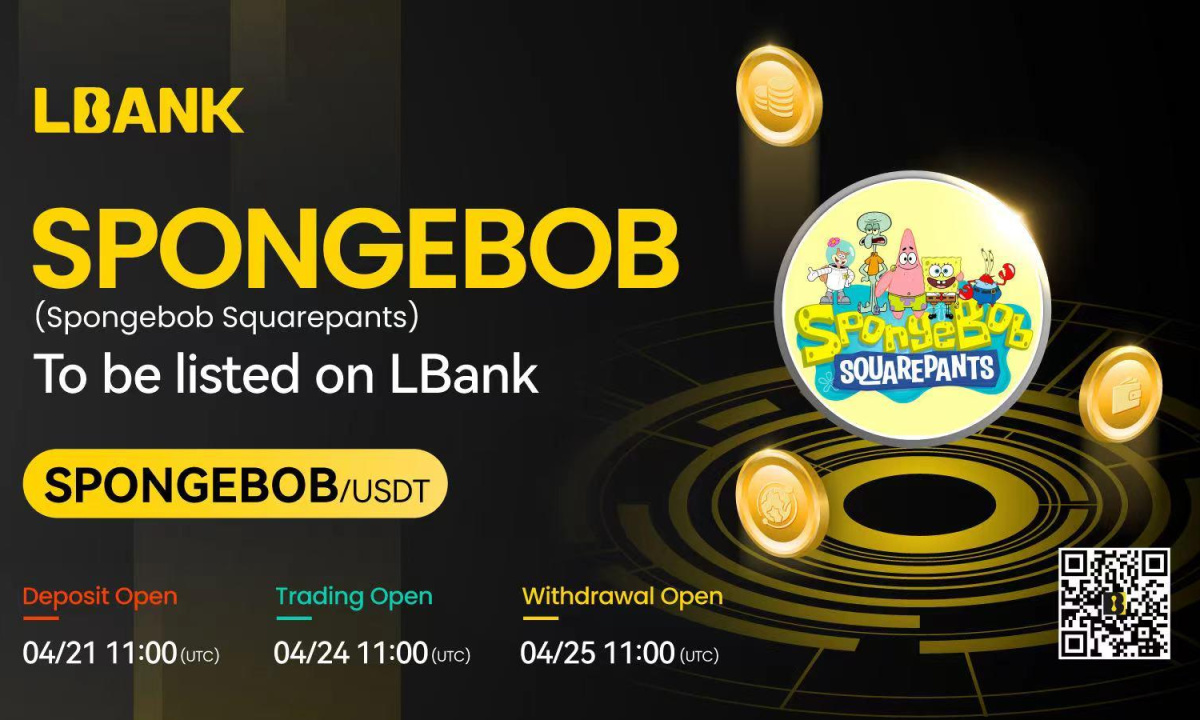Published
5 years ago on
September 04, 2018
“BigQuery is a data analysis programme for large amounts of information. It was made available to the public in November 2011 with the promise that it could handle up to 70 terabytes of information. It is linked with Google cloud storage, and once data is uploaded the user can ask the programme to display things according to specific parameters.”In February 2018, BigQuery unrolled a similar platform for the exploration of Bitcoin data, in the way of the cryptocurrency boom that helped inject Bitcoin into the mainstream. Therefore, Ethereum was the obvious next step.Why Ethereum?According to Google:
“Ethereum resembles Bitcoin in that it primarily serves to record immutable transactions. Both are essentially OLTP databases, and provide little in the way of OLAP (analytics) functionality. However, the Ethereum dataset is notably distinct from the Bitcoin dataset. The Ethereum blockchain data are now available for exploration with BigQuery. All historical data are in the ethereum_blockchain dataset, which updates daily. The Ethereum ETL project on GitHub contains all source code used to extract data from the Ethereum blockchain and load it into BigQuery.”BigQuery as an analysis platformGoogle have already used this new platform to carry out a range of analyses into the data on the Ethereum blockchain, including looking at some of the types of transactions that are being made on the blockchain. Some of Google’s findings are as follows:
“The most popular ERC-721 smart contract by transaction count is 0x06012c8cf97bead5deae237070f9587f8e7a266d, the main smart contract for the CryptoKitties game. There are many types of tokens being distributed on the Ethereum blockchain, and their patterns of distribution vary by type and also by time. By looking at each token’s transaction activity, we can measure which are more popular in aggregate or within a given time frame.”
“Many of the smart contracts on the Ethereum blockchain are ERC-20 contracts. What does this mean? ERC-20 simply defines a software interface that smart contracts can implement. There are many other functions that can be implemented by a smart contract. Fortunately, many smart contracts’ source code is freely available to use (open source). We can use this to gain some knowledge about what other contracts do from the name of the function, even for those of which we don’t have the source code, because common function names will share a common signature.”This if course is just a brief overview, you can find full details of the google analysis for yourself, here. Investment Disclaimer






